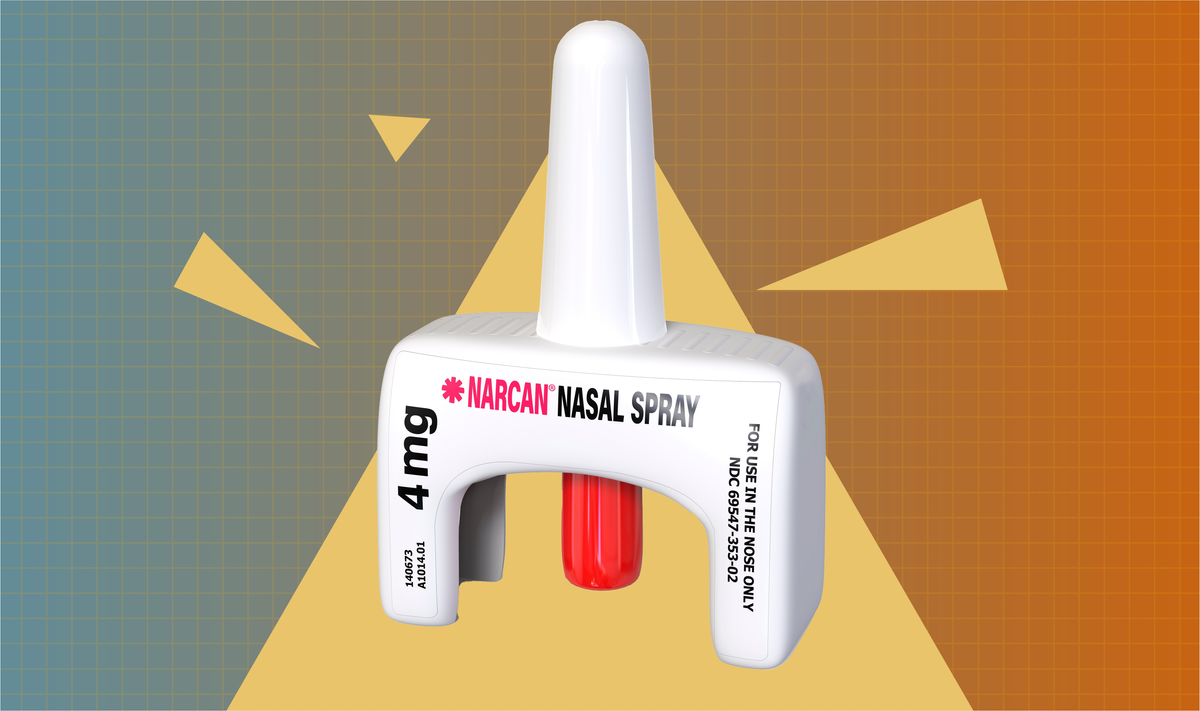Warning about carfentanil in Omaha prompts questions about naloxone
Plus, a new San Francisco policy led to false claims about the benefits of syringe services programs, while a news story stoked fear about fentanyl-laced marijuana.

Plus, a new San Francisco policy led to false claims about the benefits of syringe services programs, while a news story stoked fear about fentanyl-laced marijuana.
This past week, a warning about carfentanil, a potent synthetic opioid, in the Ohama street drug supply sparked conversation about responding to an overdose with naloxone. Other discussions showed confusion about why syringe services programs offer supplies for safer drug use and whether fentanyl-laced marijuana is prevalent.
Given these conversations, communicators may explain how to use naloxone and where to access it, share the benefits of SSPs, and reiterate that the safest way to access marijuana is to purchase it from a licensed dispensary.

Insights brought to you by the reporters and science writers of Public Good News (PGN), a nonprofit newsroom dedicated to improving community health.
What’s trending nationally in conversations about opioids
On April 3, the Omaha Police Department’s Narcotics Unit warned that carfentanil—an opioid that is much stronger than fentanyl—was detected in the area’s street drug supply. A Facebook post sharing an article about the warning received more than 500 comments as of April 9, with many expressing concern about a potential increase in overdose deaths. Several commenters asked whether naloxone could reverse a carfentanil overdose, and some correctly noted that yes, naloxone can reverse a carfentanil overdose, but multiple doses may be required. A few commenters asked where they could access free naloxone.
On April 2, San Francisco’s mayor announced a new policy preventing nonprofits from distributing syringes and other supplies for safer drug use unless those who receive the supplies are referred to treatment. Social media users across platforms revealed mixed views on the policy. Some expressed concern that the policy could limit access to lifesaving harm reduction tools. Others alleged that organizations should never distribute supplies for safer drug use and falsely suggested that SSPs have no benefits and “encourage” drug use.
On April 4, Rhode Island news outlets reported that a local woman died after using marijuana that had not been purchased at a dispensary and was allegedly laced with fentanyl. Commenters on Facebook posts about the woman’s death expressed sadness about overdoses, and some questioned whether fentanyl-laced marijuana is common, since many reports about fentanyl-laced marijuana have been debunked.

Recommendations brought to you by the health communication experts behind Infodemiology.com.
Recommendations for public health professionals
Each week, the Infodemiology.com team will provide messaging recommendations in response to some of the trending narratives outlined above. These helpful tips can be used when creating content, updating web and FAQ pages, and developing strategy for messaging about opioids.
In response to conversations about carfentanil, communicators may explain that carfentanil is a dangerous synthetic opioid that is 100 times stronger than fentanyl and has been linked to a growing number of overdose deaths. Fentanyl test strips, which help people determine whether their drugs contain fentanyl, may not be able to detect carfentanil. However, due to the prevalence of fentanyl in street drugs, continuing to use fentanyl test strips is recommended. Messaging may emphasize that naloxone is effective at reversing an overdose from opioids, including carfentanil. Multiple doses every two to three minutes may be required. Outlining the signs of an opioid overdose, where to access naloxone, and how to use it is recommended.
Given persistent confusion about the purpose and benefits of SSPs, communicators may explain that these programs provide a wide range of services in addition to sterile syringes, including infectious disease testing and treatment, vaccinations, and referrals to care. SSPs have been shown to reduce the spread of infectious diseases like HIV and hepatitis C in the communities they serve.
While the risk of encountering fentanyl-laced marijuana is low and many anecdotal reports about it have been found to be false, communicators may want to address marijuana safety. Messaging may explain that using fentanyl test strips to determine if marijuana contains fentanyl is not recommended, since test strips are designed for testing powders and pills. The best way to ensure that marijuana is not contaminated by other drugs is to purchase it from a licensed dispensary.
